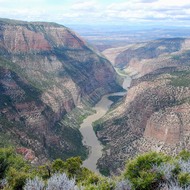6 Reasons to Drink Water
It’s no magic bullet, but the benefits of water are many.
by Kathleen Zelman
Introductory Note: We don’t know why his article has only 6 reasons to drink water, since most of the thousands of articles that tell you to drink water have at least 10. Likewise, it has only 5 tips to help you drink more water, while many articles have fifteen or more. Since they are good reasons and good tips, though, we decided to offer it. Although recommending the drinking of water should fall into the same category as the breathing of air, it is surprising that many people drink little if any water. These are usually high consumers of soft drinks. They should read all six reasons and all five tips. –Hardly Waite.
Americans seem to carry bottled water everywhere they go these days. In fact, it has become the second most popular drink (behind soft drinks). But water lovers got a jolt recently when we heard that a new report had found that the benefits of drinking water may have been oversold. Apparently, the old suggestion to drink eight glasses a day was nothing more than a guideline, not based on scientific evidence.
But don’t put your water bottle or glass down just yet. While we may not need eight glasses, there are plenty of reasons to drink water. In fact, drinking water (either plain or in the form of other fluids or foods) is essential to your health.
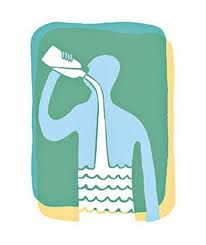
This man is only half full and clearly needs to drink more water.
“Think of water as a nutrient your body needs that is present in liquids, plain water, and foods. All of these are essential daily to replace the large amounts of water lost each day,” says Joan Koelemay, RD, dietitian for the Beverage Institute, an industry group.
Kaiser Permanente nephrologist Steven Guest, MD, agrees: “Fluid losses occur continuously, from skin evaporation, breathing, urine, and stool, and these losses must be replaced daily for good health,” he says.
When your water intake does not equal your output, you can become dehydrated. Fluid losses are accentuated in warmer climates, during strenuous exercise, in high altitudes, and in older adults, whose sense of thirst may not be as sharp.
Here are six reasons to make sure you’re drinking enough water or other fluids every day:
1. Drinking Water Helps Maintain the Balance of Body Fluids. Your body is composed of about 60% water. The functions of these bodily fluids include digestion, absorption, circulation, creation of saliva, transportation of nutrients, and maintenance of body temperature.
“Through the posterior pituitary gland, your brain communicates with your kidneys and tells it how much water to excrete as urine or hold onto for reserves,” says Guest, who is also an adjunct professor of medicine at Stanford University.
When you’re low on fluids, the brain triggers the body’s thirst mechanism. And unless you are taking medications that make you thirsty, Guest says, you should listen to those cues and get yourself a drink of water, juice, milk, coffee — anything but alcohol.
“Alcohol interferes with the brain and kidney communication and causes excess excretion of fluids which can then lead to dehydration,” he says.
2. Water Can Help Control Calories. For years, dieters have been drinking lots of water as a weight loss strategy. While water doesn’t have any magical effect onweight loss, substituting it for higher calorie beverages can certainly help.
“What works with weight loss is if you choose water or a non-caloric beverage over a caloric beverage and/or eat a diet higher in water-rich foods that are healthier, more filling, and help you trim calorie intake,” says Penn State researcher Barbara Rolls, PhD, author of The Volumetrics Weight Control Plan.
Food with high water content tends to look larger, its higher volume requires more chewing, and it is absorbed more slowly by the body, which helps you feel full. Water-rich foods include fruits, vegetables, broth-based soups, oatmeal, and beans.
3. Water Helps Energize Muscles. Cells that don’t maintain their balance of fluids and electrolytes shrivel, which can result in muscle fatigue. “When muscle cells don’t have adequate fluids, they don’t work as well and performance can suffer,” says Guest.
Drinking enough fluids is important when exercising. Follow the American College of Sports Medicine guidelines for fluid intake before and during physical activity. These guidelines recommend that people drink about 17 ounces of fluid about two hours before exercise. During exercise, they recommend that people start drinking fluids early, and drink them at regular intervals to replace fluids lost by sweating.
4. Water Helps Keep Skin Looking Good. Your skin contains plenty of water, and functions as a protective barrier to prevent excess fluid loss. But don’t expect over-hydration to erase wrinkles or fine lines, says Atlanta dermatologist Kenneth Ellner, MD.
“Dehydration makes your skin look more dry and wrinkled, which can be improved with proper hydration,” he says. “But once you are adequately hydrated, the kidneys take over and excrete excess fluids.”
You can also help “lock” moisture into your skin by using moisturizer, which creates a physical barrier to keep moisture in.
5. Water Helps Your Kidneys. Body fluids transport waste products in and out of cells. The main toxin in the body is blood urea nitrogen, a water-soluble waste that is able to pass through the kidneys to be excreted in the urine, explains Guest. “Your kidneys do an amazing job of cleansing and ridding your body of toxins as long as your intake of fluids is adequate,” he says.
When you’re getting enough fluids, urine flows freely, is light in color and free of odor. When your body is not getting enough fluids, urine concentration, color, and odor increases because the kidneys trap extra fluid for bodily functions.
If you chronically drink too little, you may be at higher risk for kidney stones, especially in warm climates, Guest warns.
6. Water Helps Maintain Normal Bowel Function. Adequate hydration keeps things flowing along your gastrointestinal tract and prevents constipation. When you don’t get enough fluid, the colon pulls water from stools to maintain hydration — and the result is constipation.
“Adequate fluid and fiber is the perfect combination, because the fluid pumps up the fiber and acts like a broom to keep your bowel functioning properly,” says Koelemay.
5 Tips to Help You Drink More
If you think you need to be drinking more, here are some tips to increase your fluid intake and reap the benefits of water:
- Have a beverage with every snack and meal.
- Choose beverages you enjoy; you’re likely to drink more liquids if you like the way they taste.
- Eat more fruits and vegetables. Their high water content will add to your hydration. About 20% of our fluid intake comes from foods.
- Keep a bottle of water with you in your car, at your desk, or in your bag.
- Choose beverages that meet your individual needs. If you’re watching calories, go for non-caloric beverages or water.
Article Source: WebMd.
Pure Water Gazette Fair Use Statement
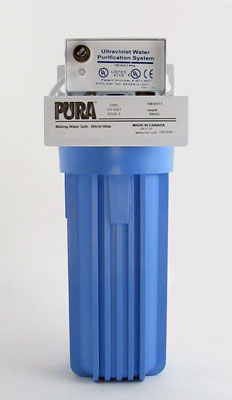 temperature.
temperature.



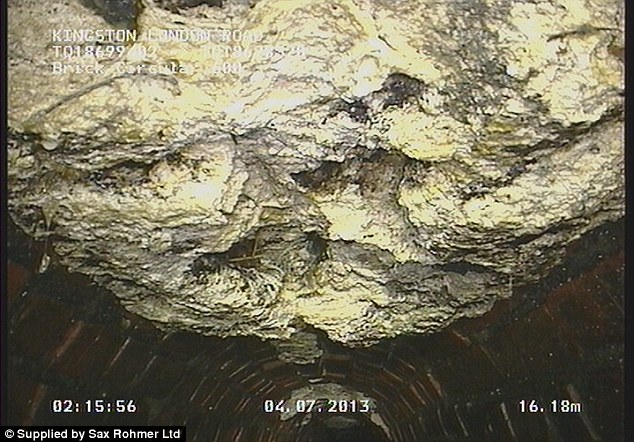
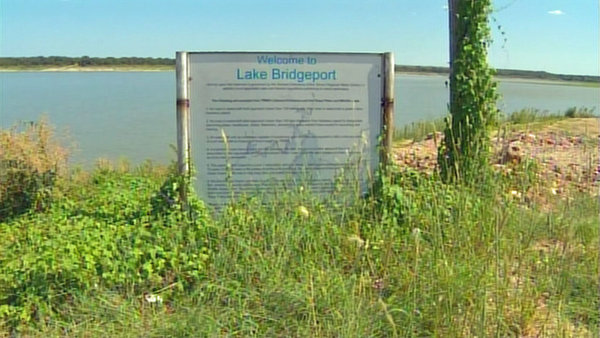

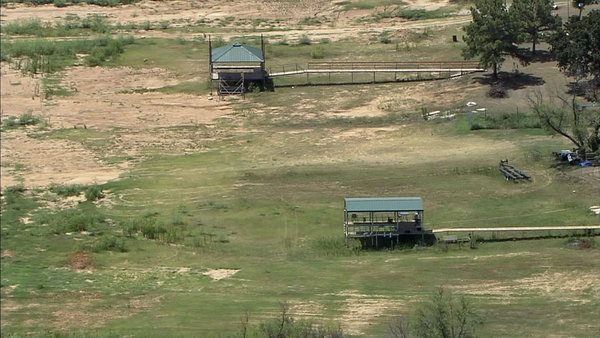
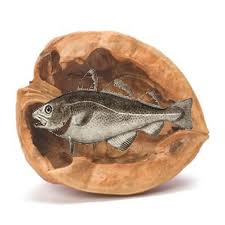
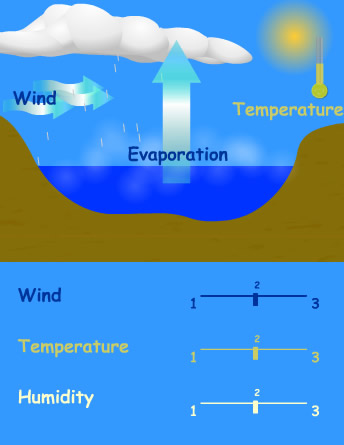



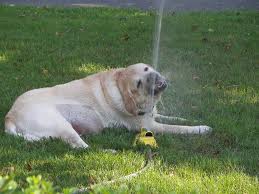

![WATTS_UV_SYSTEM_3[1]](http://purewatergazette.net/blog/wp-content/uploads/2012/05/WATTS_UV_SYSTEM_31.jpg)
